Planning for challenging, unsafe, or uncomfortable situations can help you better navigate life with your dog. Just like fire drills help us prepare for emergencies, understanding unsafe or stressful incidents with your dog is also helpful. You’ve thought through how to respond in advance of any stressful dog-related situation, so it takes the work (cognitive load) out of the moment and helps you react safely and efficiently.
It can be hard to know what to say to another owner when charged by a mean off-leash dog, after your dog was rushed or attacked. In stressful situations like these, our brains can shut down in overload. Here are some ways to prepare for stressful situations with your dog that could improve the outcome.
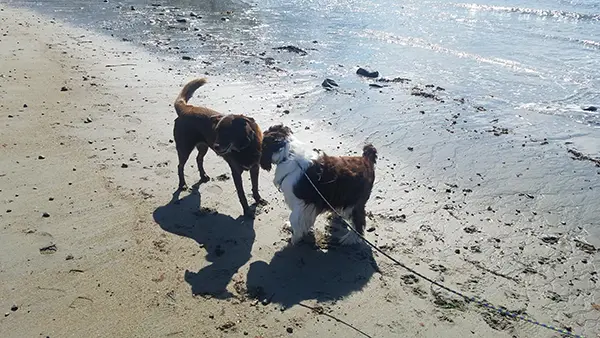
Know Your Dog
Having a strong working relationship with your dog means you know your dog’s responses well, and it is essential to handling any interaction. Some dogs will respond poorly to another dog rushing up to them, some dogs will initiate play first, and some will act skittish around new people. Understanding how your dog behaves in different situations is key to being prepared. If you don’t yet know how your dog responds, proceed with the utmost caution. Working with a professional trainer can speed up the process of getting to know your dog and improve your working relationship.
Start Simple
If you have trouble handling your dog in tough situations, your first decision is to make changes that will improve her behavior. Dog Coach dog training is comprehensive and goes right back to teaching the basics. As you move along with training and establish a better relationship with your dog, you will start small and build better control around new people, places, and things that distract your dog. Better control sets you up for success. Being prepared for a behavior “emergency” means not starting with situations that you or your dog are not prepared for.
Even when you have a well-behaved dog, other dogs and owners can make it more challenging for you.
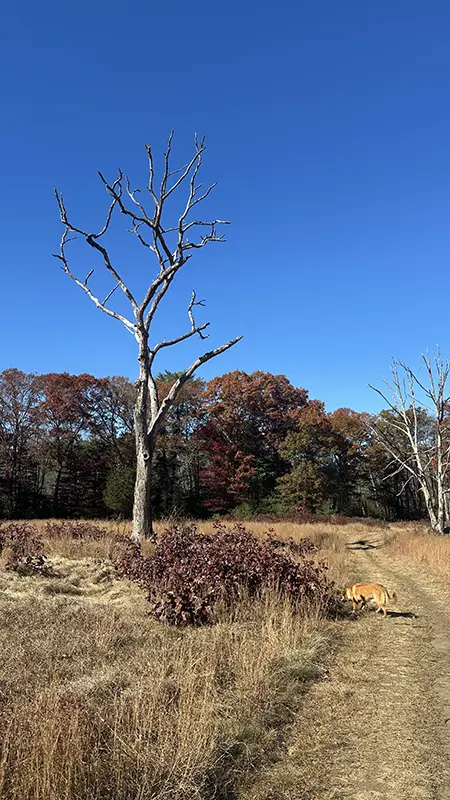
Plan for Success
When you’ve done the work to train your dog and you both are ready to try out situations that have previously triggered your dog, think about what a successful encounter would look like. Often we’re so focused on how we’ll act if something goes wrong that we forget to imagine the ideal. An example would be taking your dog to a restaurant or ice cream stand when, in the past, she’d be so reactive that you couldn’t sit and enjoy it. Now after training, you might even be ready to sit and stay a while. With work, expect success. Think about what it would feel like to relax and enjoy your time there. Who would you invite? What would you order? How are you going to know it was a successful trip? It may seem unattainable, but often we’re our own harshest critics and even forget to celebrate the wins we have made happen.
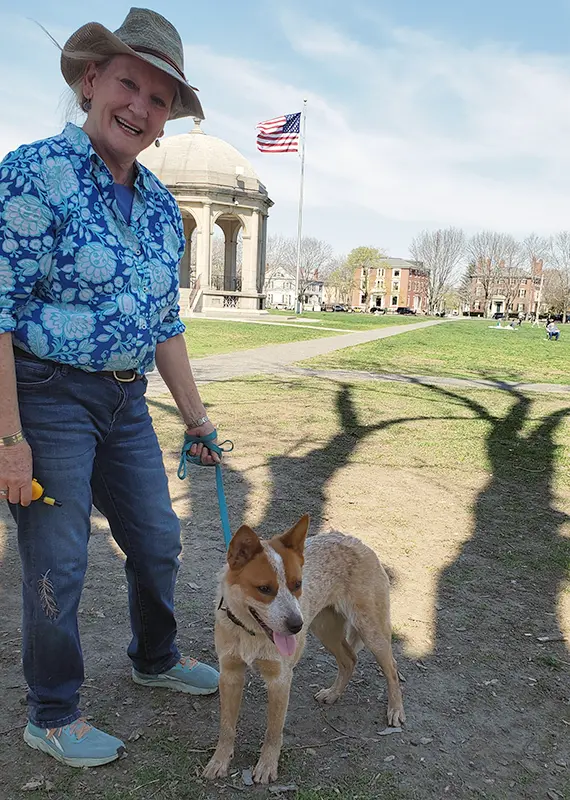
Visualize the Uncomfortable Encounter
While we need to celebrate the wins, we also need to be realistic and prepare for tough situations. Training isn’t about exposure therapy, it’s about preparing for an unsavory encounter with an unpleasant dog or owner. A typical example is if your dog is charged by a pushy dog whose owner can’t control him. Leashed or not, this can be scary, especially if your own dog is still reactive.
Some questions to consider before you are in the situation:
- How will your dog respond?
- What is your impulse to do?
- What would be an appropriate, firm thing to say (or shout at a distance) to the owner?
- How can I best advocate for myself and my dog? (verbally and physically)
- How would you feel after this?
These questions generally lead to answers that are uncomfortable, but you must prioritize your safety. Often, these situations feel really uncomfortable, but rehearsing how you will stand up for yourself and advocate for your dog is an important lesson in training.
These questions generally lead to answers that are uncomfortable, but you must prioritize your safety. Often, these situations feel really uncomfortable, but rehearsing how you will stand up for yourself and advocate for your dog is an important lesson in training.
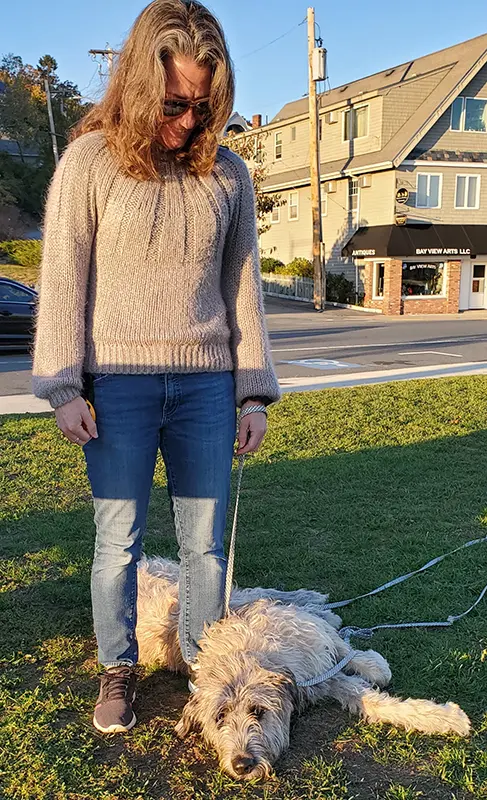
Strong Tactics to Protect You and Your Dog
When out in public, be proactive. If possible, don’t wait until the other dog charges you or growls. If you are off-leash and can read the approaching dog’s and human’s body language, trust your gut if you feel safe. But if you’re at all unsure or can’t tell:
- Leash your dog.
- Firmly tell the other dog owner to leash or call their dog.
- Tell approaching people they cannot pet your dog, whether they asked permission or not. The statement “we’re in training” always works.
In a worst-case scenario, if you are rushed by an off-leash or unruly dog:
- Use your feet and legs to protect your dog, separating your dog from the other dog without using your hands.
- Stand tall, raise your arms overhead, act big, shout to be heard.
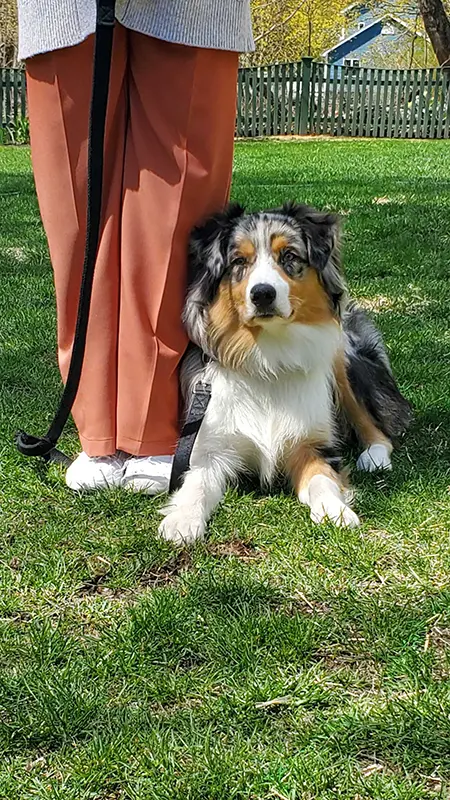
Being proactive can sometimes feel like being anti-social. Training your dog is a process that takes time and your resolve. If you’re still getting to know your dog and working to curb certain behaviors, practice these tactics:
- When approaching a dog or person on the sidewalk or trail, refrain from conversation, even if they speak to your dog. A small smile is enough if you feel something is needed.
- More extreme: refrain from eye contact or greeting. Focus on your dog’s behavior and your control. Keep moving. Forward motion keeps your dog’s focus on you, especially important on sidewalks when passing reactive dogs. Your dog and your safety are the priority.
You may rarely need these tactics, and that’s great! Be prepared, keep training, and build a strong relationship with your dog that gives you confidence to make good choices in tough situations.
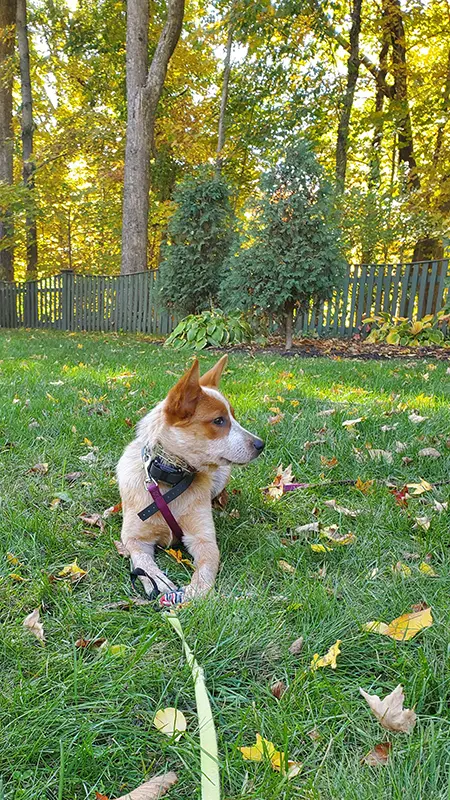
Virtual Dog Coach - On-Demand Video Training Coming 2025!
Sign up to get early access & learn more
Our In-Person Programs
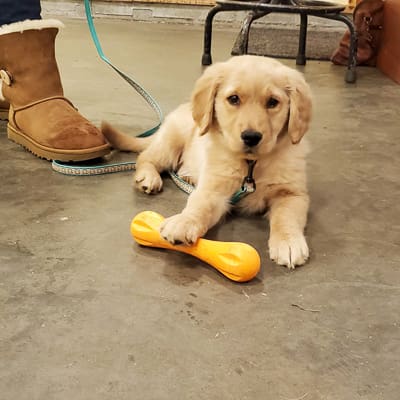
Team Puppy Training
Encourages your leadership and show how you to nurture good behavior.
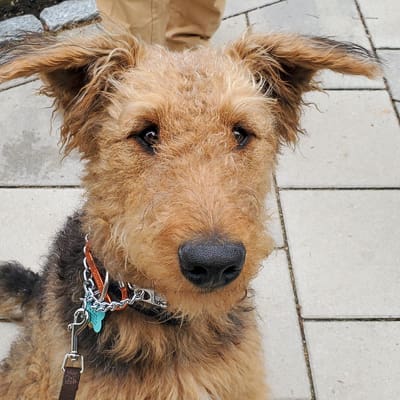
Foundation Training
Covers the basics of good dog behavior as well as some behavior modification.
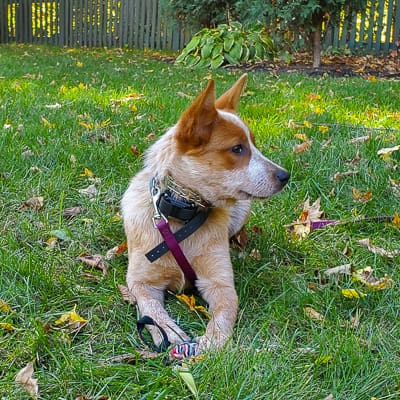
Remote Collar Training
Foundation Training with e-collar for total off-leash freedom and behavior modification.
What our clients have to say...
Dog Coach listened carefully and observed keenly my interaction and tone of voice with Bella. At nearly 6 months now, she is the best-trained dog I've had. It was a worthwhile experience!
We want to thank Dog Coach for your patience and encouragement! Our dogs are really coming into their own as the perfect family dogs we were looking for!
Such a great investment! We got a puppy and had a toddler... It was overwhelming at first. Working with Dog Coach has been the gift that keeps on giving.
